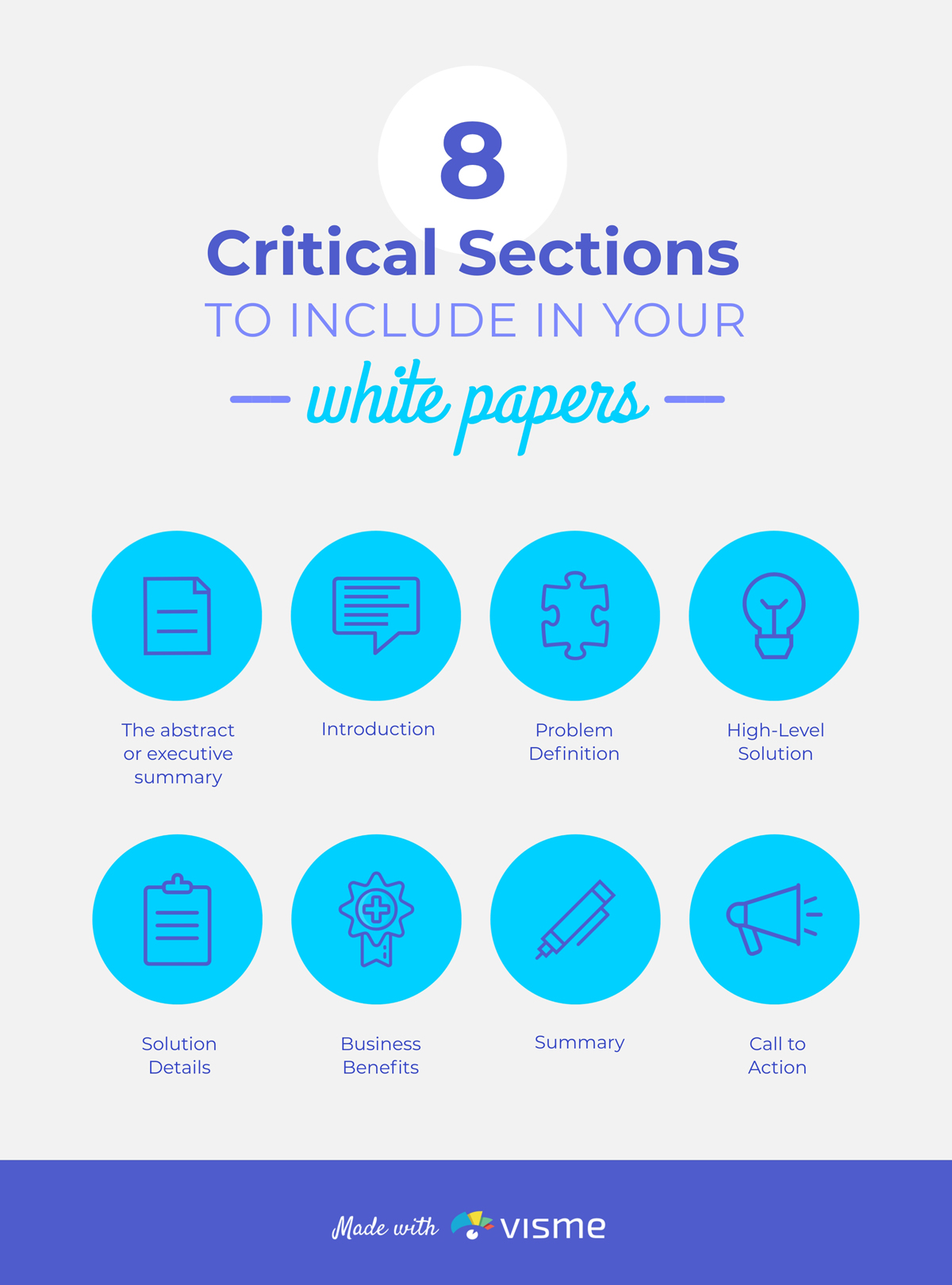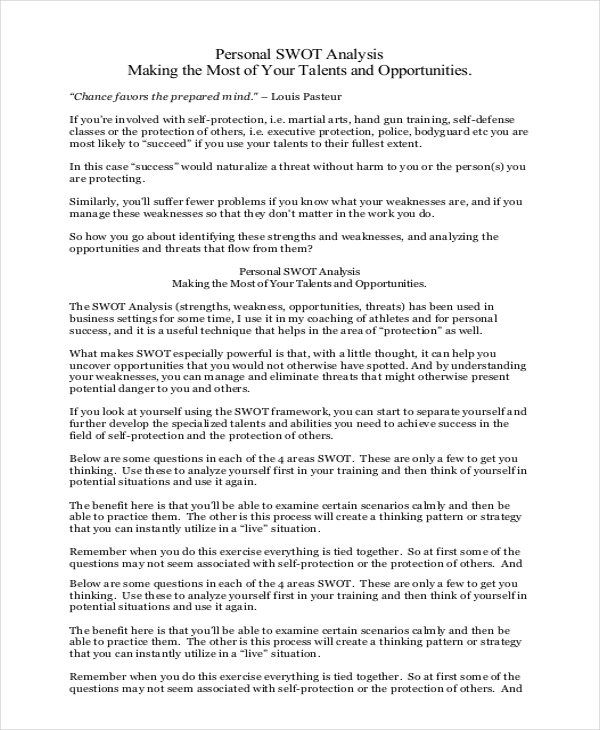When writing a qualitative research paper, you must consider several factors. These factors include Methodology, Review of earlier research, and identifying recurring themes. This article will go through the main factors you should consider. Here are a few examples of the most important aspects of a qualitative research paper. You can also refer to the following article for more information. It will help you write your paper in the best possible way.
Problems with qualitative research papers
Many authors are concerned about the potential for problems when writing about qualitative research. While qualitative research is becoming increasingly popular, it is not always easy to find quality articles. There are a few things to keep in mind when writing qualitative research papers, but these tips can help make the process easier and ensure that the end result is a high-quality article. Listed below are some common problems that authors of qualitative research papers face. Read on to learn more about the ways to write qualitative research papers and how to avoid them.
Observational biases can also affect qualitative data, as people who are aware that they are being watched may be biased. Additionally, the researcher’s own beliefs and expectations may influence the outcome. Most experiments also have predetermined goals and environments, and it is nearly impossible to get feedback about unasked questions. Furthermore, self-selection bias can affect the overall quality of a qualitative study. Further research is needed to fully understand how novices perceive qualitative data.
Methodology
A good methodology for qualitative research papers is the inclusion of participants. Participants are a critical part of the research process, and they can contribute insights and help to guide the overall process. Participants may also include examples of the kind of treatment they experienced in a hospital, and this information can be used to formulate a theme for the paper. The researcher can also present their interpretations of the results through themes. In presenting the findings of qualitative research, the researcher must include a literature review, as well as the rationale for the research.
A good methodology for qualitative research papers will include a description of how the researchers have filtered the data and reflected on their work. This will allow readers to see the researcher’s position and subjectivities. In doing so, they can understand the filters they’ve applied to the study. Subjectivity and bias are not necessarily negative, and they should be explained in detail. But the method must be based on ethical principles and guidelines.
Review of earlier research
When it comes to conducting a literature review, there are several important considerations that you need to keep in mind. First of all, you must understand the limitations of reviewing literature. Literature review is the process of reading and synthesizing existing research in a discipline. It can help to establish a research question and hypotheses, and it will also give you a better perspective on what has been previously studied in the field.
To conduct a qualitative review, you must search multiple databases for references. In addition to the standard bibliographic databases, you should search for articles that used different methods. You should also make use of the Cochrane Qualitative and Implementation Methods Group study register, which is updated monthly using sensitive keyword searches and citation searches in key methodological journals and books. This register contains the most comprehensive list of methodological references and published examples of QES.
Identifying recurring themes
The first step to identifying recurring themes in a qualitative research paper is to identify the codes that most often show up in the data. These codes are often shorthand labels that describe the content of a text segment. A qualitative researcher can use predefined codes for this purpose, such as “unexpected info” or “miscellaneous theme,” to make the task of coding easier and to capture unexpected themes.
Another step to identifying recurring themes in a qualitative research paper is to create a codebook. This is a document or spreadsheet that contains the codes for a specific theme. It is important to keep track of the codes and maintain consistency. You may use coding software or make a manual list of codes, but it is helpful to maintain a master codebook. Keeping a codebook allows you to keep track of all codes and reorganize them into themes and categories as you go.



